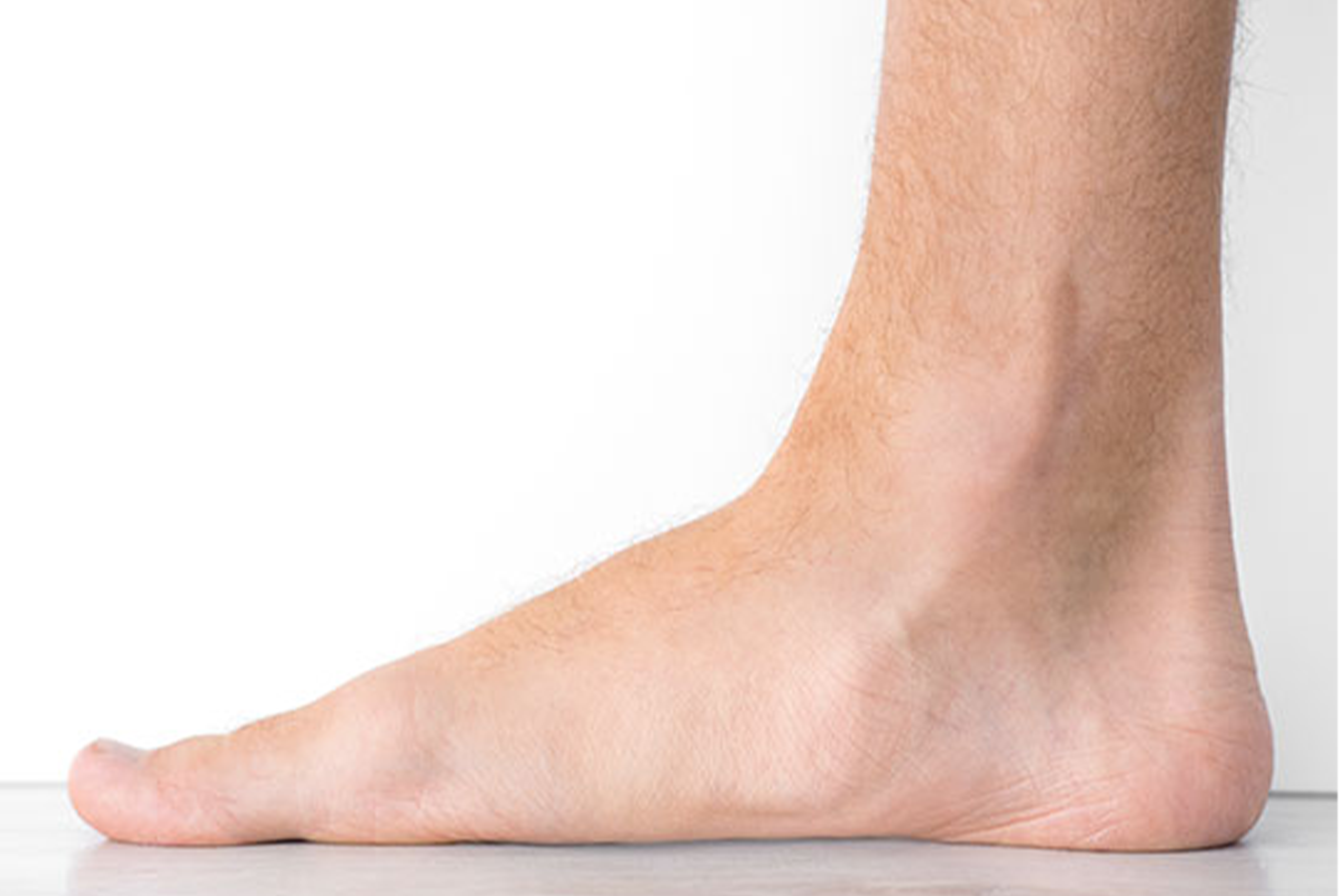Flat foot can occur due to the reasons stated below
- Hereditary
- Injuries/trauma
- Muscle overuse
- Pregnancy
- Certain medical conditions such as rheumatoid arthritis, diabetes.
- Aging
- Obesity
Types of Flat Foot
Flexible flat foot
Flexible flat foot, sometimes called paediatric flat foot as it is first noticed since childhood. Flexible flat foot is caused by ligament laxity. Most people with flexible flat feet do not have symptoms nor experience difficulty with sports or their daily activities. However, some may experience pain around the arch, heel or ankle with increased activity level.
Rigid flat foot
Rigid flat foot in children is less common and are called congenital flat foot (talipes planovalgus). Congenital flat foot is often painful and it is important to start treatment at an early age. Rigid flat foot in adults is called adult acquired flat foot. They are commonly caused by posterior tibialis tendon dysfunction due to the weakening of the posterior tibialis muscle tendon, which is an important structure that supports the foot arch. This condition is progressive with early symptoms of pain and swelling at the arch of the foot and ankle. It may lead to arthritis of the foot and ankle joints in the later stage and can occur in one or both feet.
How To Tell If You Have Flat Foot
If the inner side of your foot (the arch) is flattened down, you have flat foot.
You can also do the following steps to see if you have flat foot
- Wet your feet
- Stand on a flat surface where your footprint will shoe, e.g. a concrete walkway
- Step away and look at your footprints. If you see complete imprints of the bottom of your feet on the surface, then you’re likely to have flat feet
When Should You Seek Help
For children with flat foot, you may wish to visit the Podiatrist for assessment if you notice the following
- Frequent falls or sprains
- Complaints of tiredness
- Complaints of foot or leg pain
- Your child walking differently from others
- Family history of foot problems
- Foot shape looks different from others
For adults with flat foot, you may wish to visit the Podiatrist for assessment if you noticed the following
- Foot pain during or after activities and end of day
- Frequent falls or sprains
- Tiredness in foot and leg
- Back and leg pain
How Can A Podiatrist Help
Your visit to the Podiatrist will consist of a thorough examination of your legs and feet to determine the cause of your flat foot problem.
The assessment includes
- Detailed history of problem
- Hip, knee, ankle and foot examination
- Standing and gait (walking) analysis
- Footwear analysis and advice
A treatment plan will be discussed with you and it may include the following
- Footwear advice
- Clinical orthotics (insoles)
- Personalized exercises for weak or tight muscles that contributes to your flat foot problem
In cases where conservative management do not help, surgery may be necessary to relieve your foot pain.
